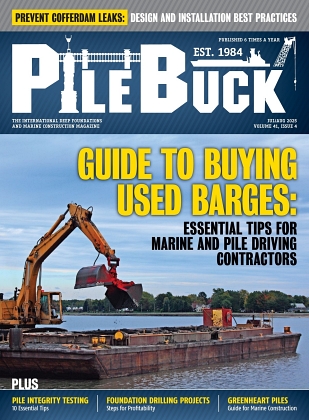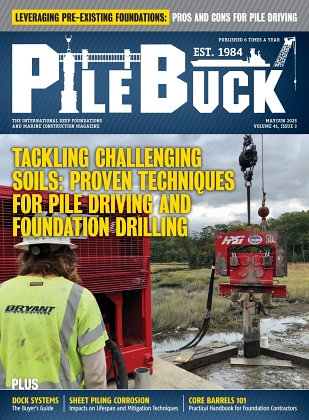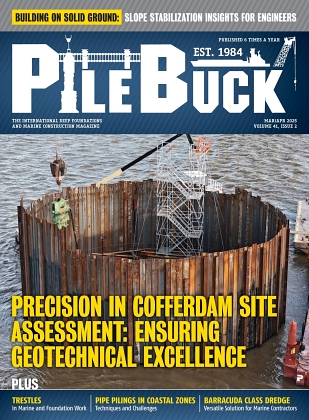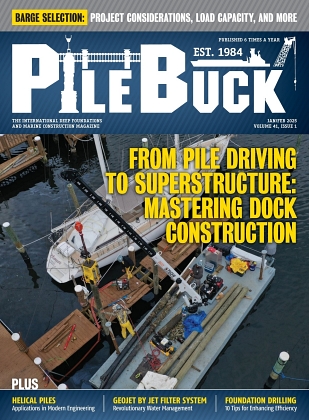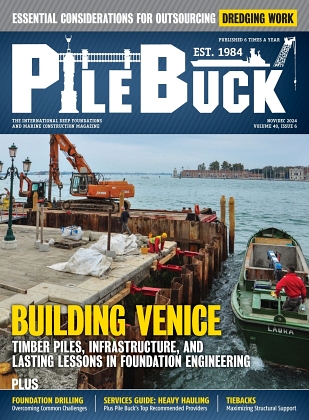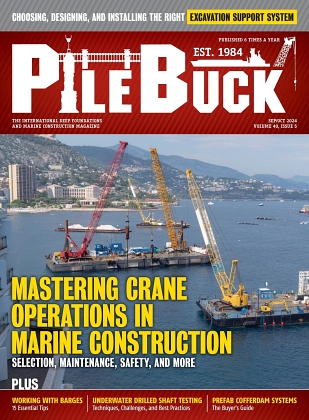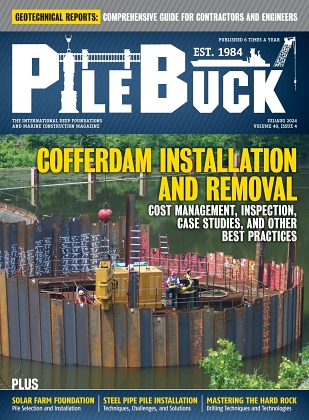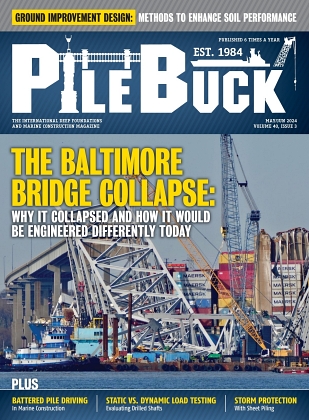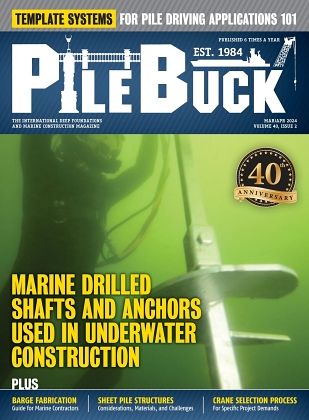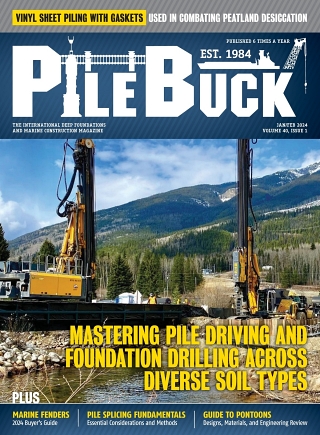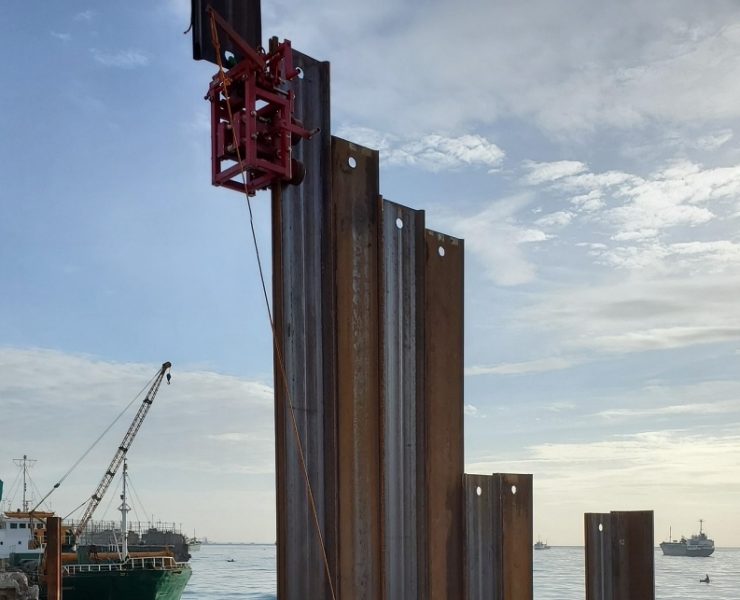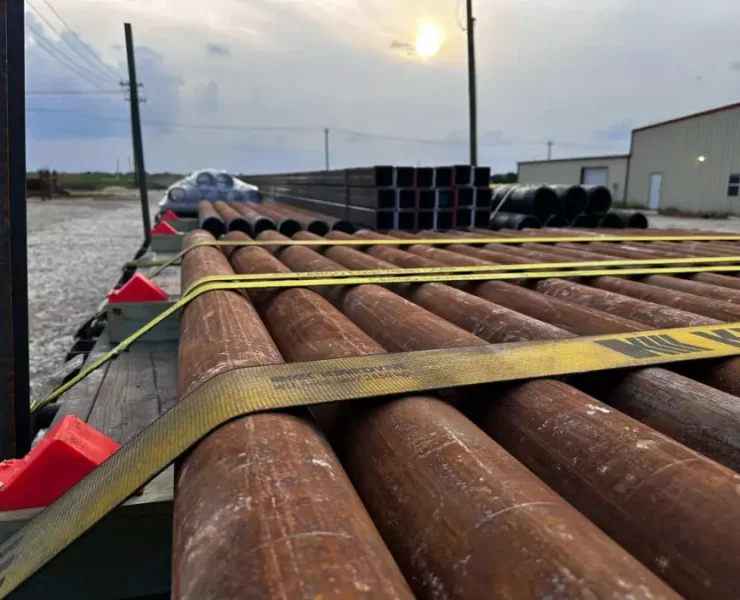Tips for Cost Effective Steel Sourcing in Piling Operations


Steel is one of the most significant cost components in piling operations. Whether a project depends on sheet piles, H piles or pipe piles, the ability to source steel at competitive rates can influence overall budget and schedule performance. Contractors who understand how specifications, market conditions and supply chain planning interact can secure high value material without compromising structural reliability. This article explores the factors that shape cost effective steel sourcing and identifies strategies that help maintain quality while reducing total project cost.
Understanding Steel Market Drivers
The Role of Raw Materials and Production Costs
Steel pricing begins with the cost of its inputs. Fluctuations in scrap metal, iron ore and energy rates directly influence the finished price of steel. Production factors such as labour, furnace efficiency and rolling complexity also shape the final cost delivered to the construction site. These elements combine to produce a pricing environment that shifts regularly and can affect the economics of piling operations.
Supply Demand Dynamics and Transportation
Steel prices respond strongly to market demand. When infrastructure spending rises or manufacturing output increases, mills face higher utilisation which can elevate prices. Transportation is another central factor because steel often requires long distance movement by truck, rail or vessel. Disruptions or rising freight costs increase the delivered cost of steel used in foundation work.
Variations by Application and Specification
Different types of piles carry different cost implications. Hot rolled sheet piles offer strong structural performance and durability but typically cost more to produce than cold formed options. Large diameter pipe piles are influenced by wall thickness, diameter and weld type, while H piles vary based on weight per foot and grade. Matching material to the structural and environmental conditions of the project is important in controlling overall expenditure.
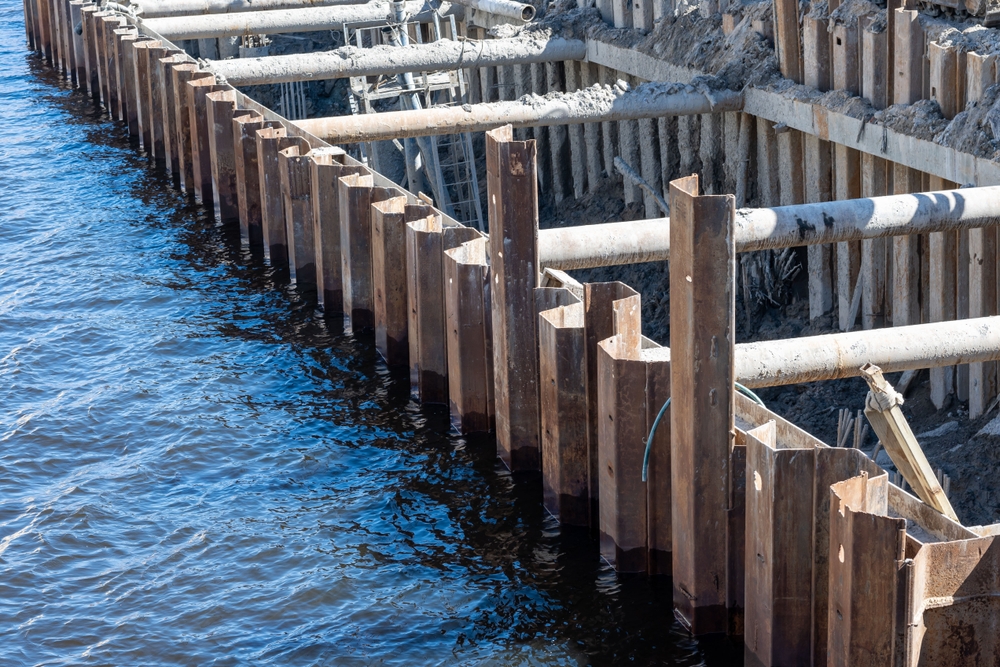
Aligning Specification with Real Need
Matching Load Requirements to Material Grade
One of the simplest methods for improving cost efficiency is ensuring that the steel grade and profile are correctly matched to structural demands. Over specifying steel can cause unnecessary cost increases without improving performance. When material selection aligns directly with load requirements, contractors can reduce cost while maintaining the safety and durability expected in piling applications.
Embracing Reuse and Surplus Inventory Where Feasible
Some piling projects can benefit from surplus or unused steel inventory when structurally appropriate. Surplus pipe, reclaimed sheet piles or unused beams can serve as cost effective alternatives after proper inspection. When contractors source these materials from platforms that specialise in high quality surplus inventory, such as verified structural steel suppliers, they gain the benefit of reduced cost while preserving acceptable material standards.
Avoiding Unnecessary Extras
Some enhancements increase cost without contributing meaningful value. Custom lengths, specialised coatings, expedited delivery and complex fabrication requirements can inflate budgets. When standard configurations satisfy project needs, selecting the more conventional option preserves project funds and reduces processing time.
Procurement and Supply Chain Strategies
Early Engagement and Lead Time Management
Engaging suppliers early gives procurement teams more flexibility. By planning steel purchasing in advance, contractors avoid emergency orders and premium freight charges. Early scheduling also allows for alignment with mill production cycles, reducing delays and keeping material cost stable.
Consolidated Purchasing and Bulk Orders
Buying larger quantities at once can create opportunities for lower pricing. Suppliers often offer favourable rates when they can streamline production and consolidate shipments. Coordinating multiple phases of a project under a unified procurement plan supports efficiency in both pricing and logistics.
Optimising Logistics and Delivery Location
Transportation cost plays a major role in the delivered price of steel. Shorter routes reduce fuel cost and handling time, while clear scheduling helps avoid storage issues or demurrage. Projects benefit when they work with reliable steel sourcing partners who maintain predictable delivery windows and dependable logistics coordination.
Selecting the Right Supplier for Your Needs
The most cost effective supplier is not always the one offering the lowest upfront price. Reliable documentation, consistent inventory, accurate certifications and dependable delivery schedules influence long term project cost. Working with suppliers who provide technical support and maintain strong material traceability reduces the risk of costly delays or rework.

Risk Management and Value Preservation
Quality Assurance and Inspection
Proper inspection ensures that steel meets the structural requirements of the project. Verifying grade, straightness, weldability, coating condition and dimensional accuracy prevents quality issues that can lead to failures or expensive corrections later. This is essential for both new steel and surplus inventory.
Monitoring Market Trends and Index Movements
Steel markets shift quickly in response to raw material costs, global demand and mill utilisation. Monitoring these factors allows procurement teams to time their purchases more effectively. Buying during periods of moderate demand or stable production helps avoid cost spikes and supports more predictable budgeting.
Life Cycle Thinking
The total cost of steel extends beyond the purchase price. Durability, corrosion resistance and long term performance can influence maintenance cycles and replacement schedules. In marine or high exposure environments, investing slightly more for stronger or more durable profiles can reduce life cycle cost and improve overall project value.
Preparing for Supply Chain Disruption
Supply chain disruptions affect pricing and availability. Weather events, transport delays or mill shutdowns can create sudden shortages. Maintaining alternate supply options and realistic scheduling buffers helps contractors avoid paying premium prices during periods of tight availability.
Cost effective steel sourcing in piling operations depends on balancing engineering requirements with market understanding and strategic procurement. Contractors who align specifications with structural needs, plan purchases in advance, evaluate surplus options carefully and maintain dependable supplier relationships can reduce material expenses without compromising performance. When supported by strong inspection practices, proactive market monitoring and thoughtful logistics coordination, these strategies create a more stable and efficient approach to sourcing steel for successful piling projects.


